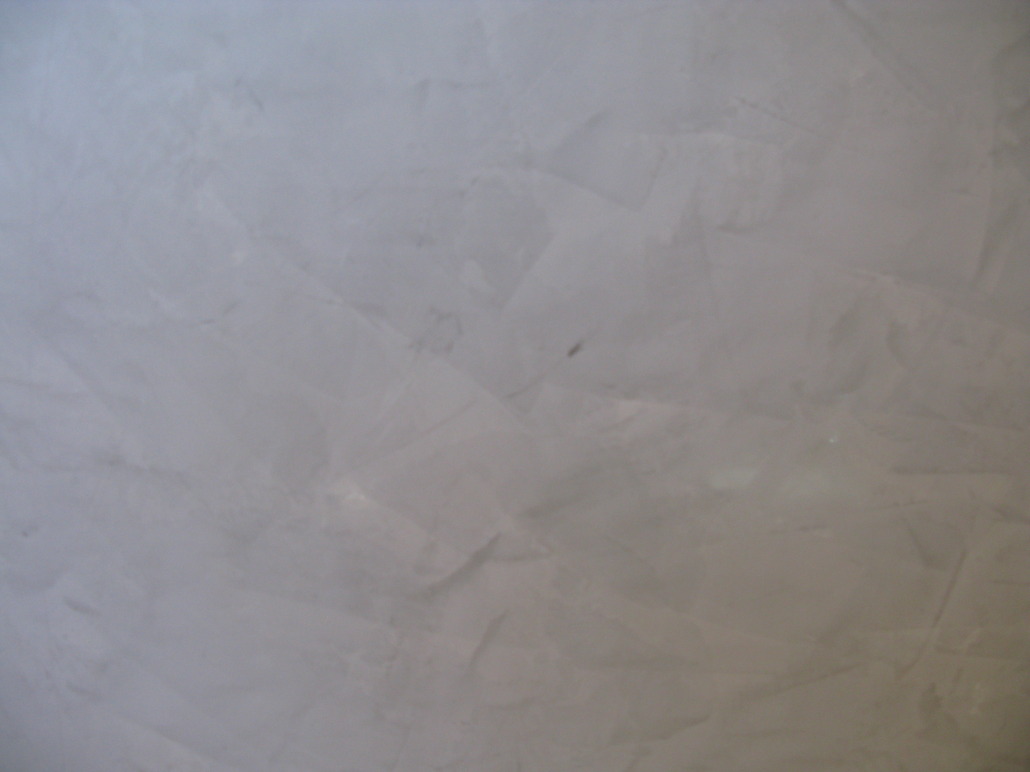
We would also recommend re-applying the sealer every year or so just to add an extra layer of protection if the Roman Clay is in high traffic areas.įor small scuffs that won't come out with soap and water you can use a very fine grit sandpaper on the area to remove it. It is recommended to use a little mild dish soap in warm water with the soft side of a sponge to clean scuffs. kitchen backsplash).Īs long as the sealer (Roman Clay Topcoat) has been applied on top of the Roman Clay it is washable with light cleaning detergents. It is not resistant to some oils or liquids - so it is not recommended for areas with constant direct contact with water, or where grease or harsh chemicals might come in contact (i.e. This sealer will protect from basic dirt and wear. A barely damp rag should be used to wipe down the sealed or unsealed finish to try to avoid permanent water marks from penetrating the finish.įor high traffic areas we recommend our Roman Clay Topcoat sealer. Please Note: Portola's Roman Clay Topcoat does NOT waterproof the finish.
LIGHT GRAY VENETIAN PLASTER PAINT COLORS PRO
Pro Tip: If the finish is applied in a high moisture area, multiple thin coats of the sealer may be applied for added protection. Not sanding before sealing the finish may result in milky or discolored areas. If the finish has any high or rough spots you should sand it down with the same 400 grit sand paper before sealing it to avoid applying excess material.Portola's Roman Clay Topcoat should be applied just like the Roman Clay finish using a putty knife/trowel applying the material in a thin/tight coat.Optional Step: Applying our Roman Clay Topcoat Pressure can affect the highlights/variation.Put it and take it technique (thin coats show more movement).This is where you will start to see more highlights and movement Wipe off excess residue with clean, dry or barely damp painters rag.Step 3: Lightly sand high or rough spots with 400 grit sandpaper Make sure it’s covered approximately 60-70% opaque.Thinner material is pulled, faster it will dry and more quickly it can be recoated.


However, the best practice is to prime the surface with a stain blocking primer to prevent any of the existing history of your walls from showing through.


This decorative gypsum based plaster is made from natural ingredients, is zero VOC formulated, and lends a rustic originality to interior surfaces. Portola’s Roman Clay is an eco-friendly plaster finish ideal for smooth interior walls.


 0 kommentar(er)
0 kommentar(er)
